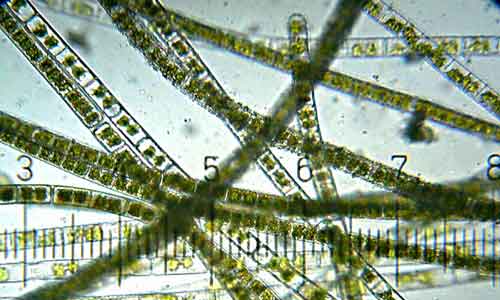Cytoplasmic Inclusions
The contents of the cell between the plasma membrane and nuclear envelope are known as cytoplasm. It is a gel-like clear substance that contains living and non-living materials such as water, enzymes, salts, organelles, and various organic molecules. Among them, organelles form the living inclusions, and non-living substances form cytoplasmic inclusions. These substances do not … Read more






